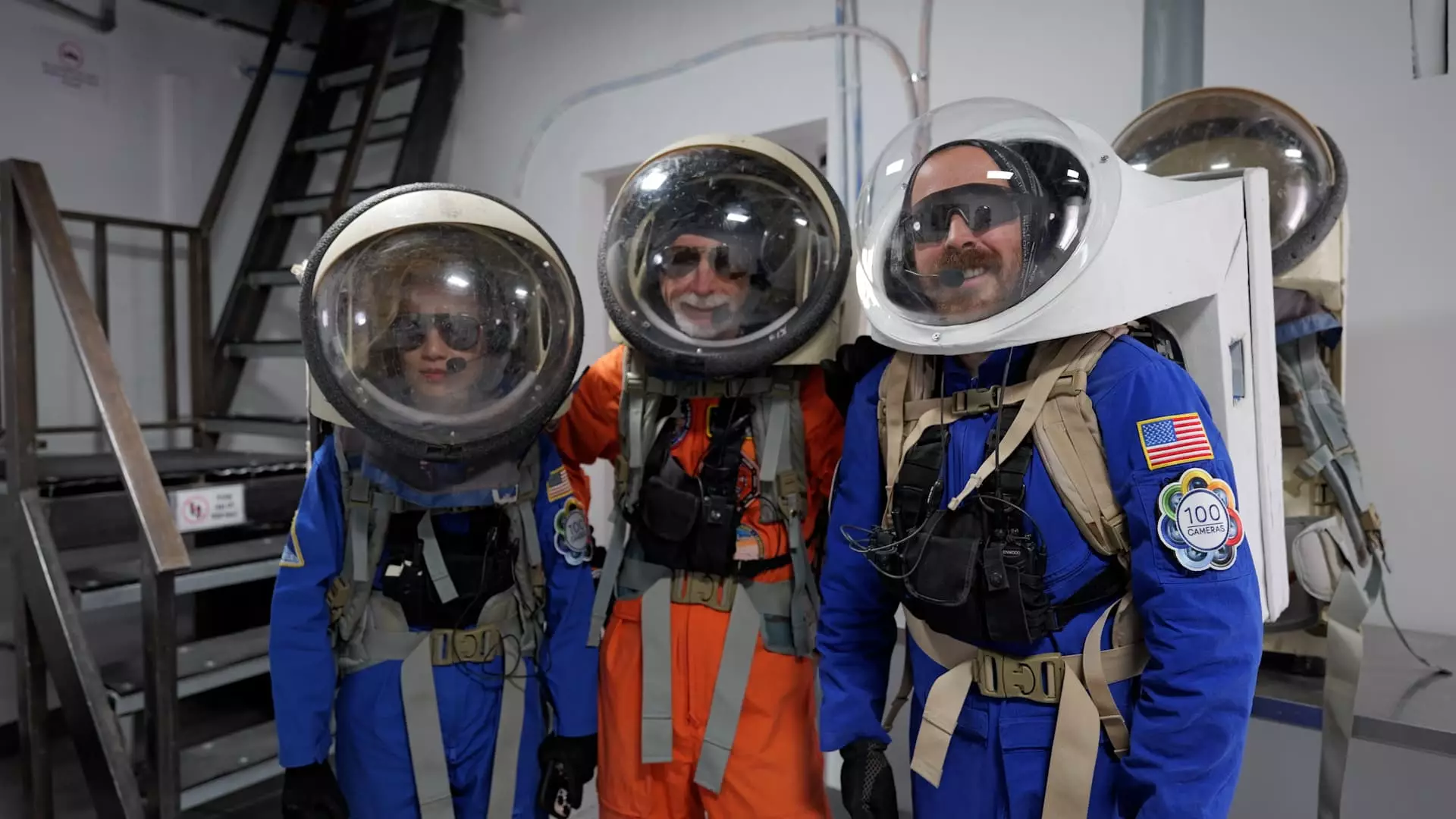The relentless pursuit of human colonization of Mars is driven not just by ambition but by the practicalities of preparation. Off-grid research stations like Utah’s Mars Desert Research Station (MDRS) serve as invaluable testing grounds, offering a near-authentic environment where future spacefarers can hone their skills. These simulated missions are more than just training exercises; they are vital experiments in human psychology, engineering resilience, and operational logistics in an extreme, isolated setting. Recognizing the importance of this, organizations such as the Mars Society invest heavily in creating realistic, challenging scenarios that mirror what astronauts will face on the Red Planet. For me, these efforts are crucial, as they reveal the often overlooked complexities behind space exploration—the mundane challenges of daily life that threaten to undermine even the most well-planned missions.
Preparing for the Martian Reality: Routine and Resilience
The rigorous routine of Crew 315 in Utah exemplifies the meticulous planning necessary for long-term space habitation. Wake-up calls at 7 a.m., structured meetings, and scheduled EVAs mirror the operational cadence expected in actual Martian missions. What strikes me most is the focus on rhythm and mental resilience—key factors that determine mission success when communication delays and physical constraints come into play. The typical day, punctuated by spacewalks and scientific experiments, illustrates the demanding nature of extraterrestrial living. Yet, this isn’t just about testing equipment; it’s about testing human endurance and adaptability. The amount of discipline required to perform these daily tasks flawlessly highlights how fragile our mental and physical preparedness are for real Mars trips.
The Significance of Analog Missions in Space Science
Though these simulations are designed to replicate the Martian environment as closely as possible, the true value lies in identifying unforeseen challenges—whether technical, physical, or psychological—that could jeopardize future missions. The risk differentiation—lower here, higher on Mars—makes these environments perfect for learning and iteration. These analogs are the missing puzzle pieces in the quest to send humans beyond Earth’s cradle, revealing vulnerabilities that might otherwise remain undetected until critical moments in space. When experts like Elon Musk make bold claims about colonizing Mars by 2029, I question whether such timelines fully account for the unpredictable human factors these experiments are uncovering today. The small, intense community of Crew 315 demonstrates how even routine tasks require extraordinary focus, resilience, and team cohesion.
Why We Should Watch These Missions Closely
In my opinion, the efforts underway at MDRS and similar sites are not just scientific exercises—they are humanity’s blueprint for survival and advancement. These missions embody the spirit of exploration but are also a sobering reminder of our limitations. They push the boundaries of what we can endure, adapt to, and ultimately control. As space agencies and private companies gear up for a potential human journey to Mars, the lessons learned here are the foundation upon which those ambitions will stand. Each successful simulation enhances our understanding of how to maintain human life in the most inhospitable environments known to us, bringing us closer to a future where the Red Planet might become humanity’s second home.

